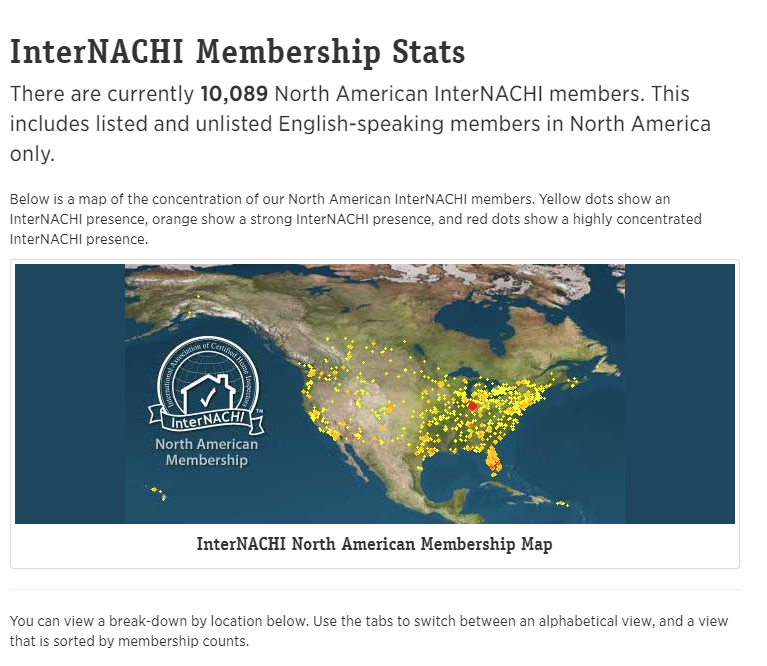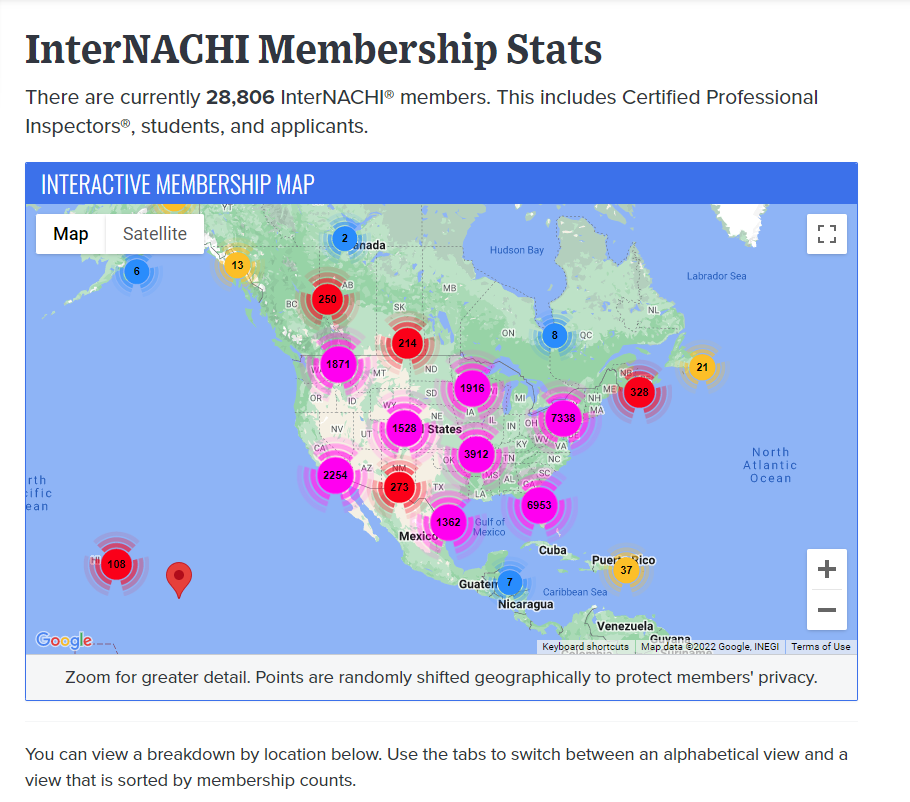What do higher interest rates mean for the inspection industry and your business?
I was first licensed as an agent in 2004, went through the crash in 2008/2009, and now (even though I’m not licensed any more) get the opportunity to talk to hundreds of agents and inspectors across the US every month about what’s going on in their local markets.
And the signs are a bit worrying – with climbing interest rates and sinking consumer confidence, both home sales and inspection volumes are declining. But does that mean that the inspection industry as a whole is in trouble, or just that with the last 2-3 years of insane growth it’s simply become oversaturated, and we’re seeing a return to normalcy?
Seeing as Repair Pricer is at heart a data analysis company, let’s look at the numbers, starting with Realtors.
In 2000, there were just 766,560 Realtors in the US who sold 5,031,000 homes – roughly 6.5 homes per agent. But in less than a decade, by 2007 the number of agents had climbed to a staggering 1,338,001 members. Yet existing home sales remained approximately the same. Essentially, the number of agents had almost doubled in just 7 years, and everyone was making less.
Source – (https://www.nar.realtor/membership/historic-report)
What was driving this growth was the lax mortgage lending requirements, where anyone who could fog a mirror was instantly approved for a loan, but this caused a huge influx of part-time/amateur agents to flood the market in a very short period of time. They had no business systems in place and were just profiting from a temporary boom – good for them.
After the “crash” in 2008/2009 however that number plummeted over 25% to just 999,824 NAR members – almost pre-2000 levels. Why? Because these agents had no idea what selling real estate was really about – creating lasting relationships and systems that drive growth even in the slow times. Homes were still being sold, and the REO market saw massive growth, but a large portion of agents simply failed to adapt or were ill equipped to make it through the tough times.
Fast forward to this year when the number of Realtors in the US has climbed to an alarming 1,559,537. And now with the recent interest rate hikes, and home prices remaining high, it’s basically happening again, and I would predict the number of licensed agents to drop by at least 15% over the next 24 months.
Let’s use a REALLY cool website called the Way Back Machine to go back in time and do the same thing for inspectors. I’m using InterNACHI’s membership count page this time – this page has only been around since 2013 so that’s the furthest back I can go to look.
In 2013 there were just 10,089 registered InterNACHI members, but as of today, that number has grown to a massive 28,816.
Pics below:
2013 InterNACHI membership count

2022 InterNACHI membership count

Now I know some members moved from other trade groups, and some just joined after years of being in business as InterNACHI became increasingly popular, but let’s agree that InterNACHI is the biggest trade organization for home inspectors, and generally is a good barometer for the inspection industry as a whole.
With that in mind, the percentage growth of inspectors per capita has outpaced that of even the Realtors. Which is scary.
So what has this got to do with you, interest rates, and how you keep your business moving forward?
Well, the market is changing, and you have to change with it. Luckily the brief insanity of skipped inspections and waived contingencies is now behind us, which means that the buyers who ARE buying are well-qualified, financially stable, and want a good home inspection. Now I know a home inspection is not just a negotiation tool (that’s what Repair Pricer is for), but because of climbing housing costs, buyers are demanding more from sellers and are starting to negotiate again, and the home inspection is a vital part of that process.
But where can you find these buyers now that they’re more scarce and the competition is higher? Well, let’s think about what I said earlier. Less transactions = less money = less agents. So which agents are going to start canceling their MLS fees, ongoing CE education costs and board dues as the market dips?
It’s probably not the top producer with 30 years of experience and $250K in savings; it’s the part-timer who has suddenly realized the gold rush is over.
So how do we find these top producers and turn them into loyal partners? I’m not going to cover that here, but if you haven’t already I’d encourage you to read my guide on HOW TO TARGET, ACQUIRE AND RETAIN TOP REFERRING AGENTS
But that’s just one part of the equation. You’ll also need to make sure that even if you do generate consistent referrals, you’re making more profit per inspection – think add ons and ancillaries. Our partner inspectors typically make an extra $50 per inspection, and when you combine that with other services like radon/mold testing, sewer scopes etc. you’ll soon find your average revenue per inspection has increased rapidly.
Even that may not be enough however, so what else can you do? At the InspectionGo conference I learned that their inspectors are now being tasked with performing acquisition and move in/out inspections for massive REITs (Real Estate Investment Trusts) all across the country. With foreclosures expected to be on the rise as the recession looms and climbing interest rates impact borrowers who opted for adjustable rate mortgages, expect institutional-based sales to rise from its already high 18% market share.
If you’re not working with investors and REO organizations, you need to start creating those relationships now.
When the crash happened in 2008/9, I pivoted away from traditional real estate sales and started focusing on investors, REO acquisitions, property management and residential leasing. Soon we were taking in over $3M a year in leasing fees and had almost 300 doors under management. Most of which we had helped our investors acquire.
So in short if you want your inspection business to not only survive the coming slow down, but thrive instead, my advice is to:
- Look for ways to gain market share through marketing inspections to top realtors
- Increase your profit margins by offering ancillary services and add ons
- Look for alternative inspection channels like InspectionGo
- Start creating relationships with REO focused agents and organizations
Those who make it through the next 12-24 months will come out stronger with a higher market share, and ultimately have a better business in place as the market recovers.
I wish you all the best of luck with adapting your businesses to this changing market.
As the saying goes, “…a smooth sea never made a skilled sailor”.
